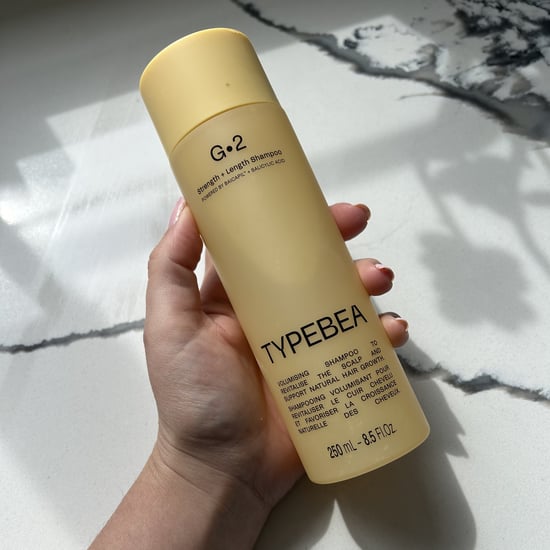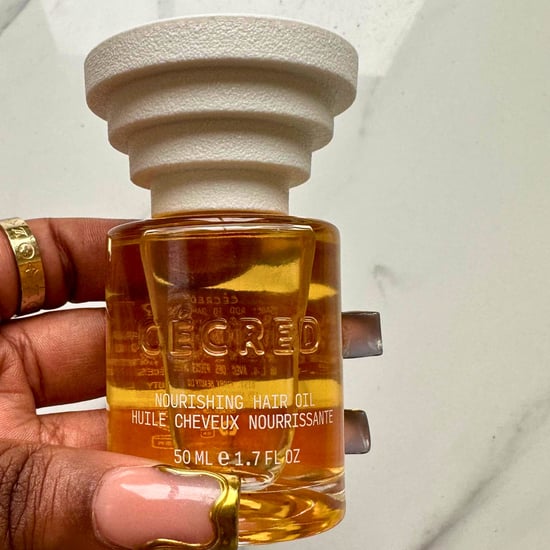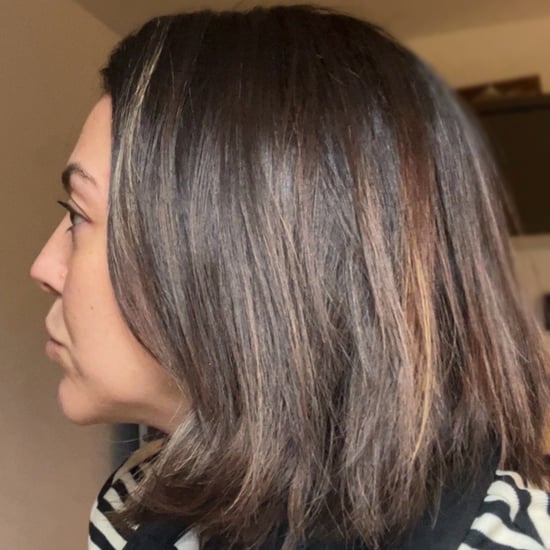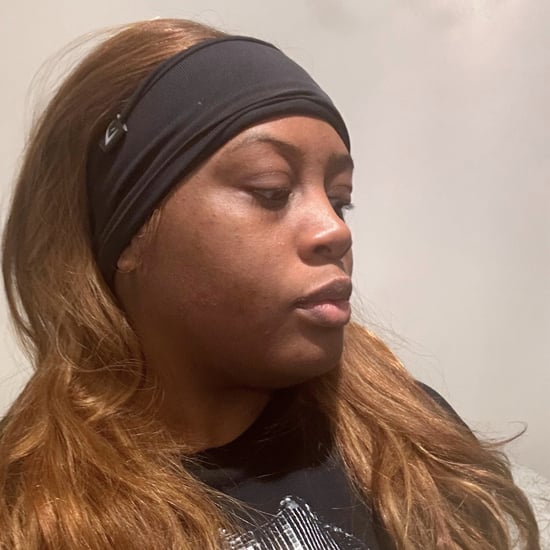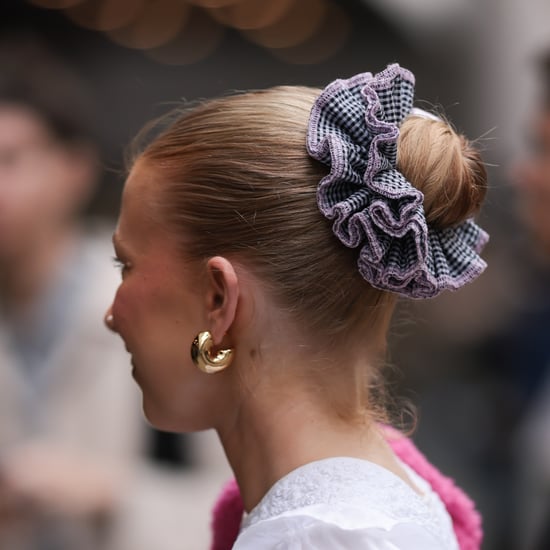How to Trim Your Natural Hair at Home
4 Things to Know Before You Trim Your Natural Hair at Home
Sure, waiting months before getting a haircut every once in a while isn't the worst thing to do, but in the event that your split ends are past the point of saving, you might be considering an trim. If you have curly hair, though, trimming it at home might be slightly more complex.
To help out with that, natural hair vlogger and founder of Melanin Haircare Whitney White (also known as Naptural85 on social media), shared an in-depth tutorial featuring an easy way to trim your natural hair at home. For her method, all you'll need are a pair of shears, a few detangling combs, and a leave-in conditioner of your choice. Check out of a few takeaways from White's tutorial ahead, and watch the full video above.
Tip #1: Use Shears
We're not sure who needs to hear this, but please don't try and cut or trim your hair with kitchen scissors. The scissors laying around your house that you might use for everyday projects aren't made to cut hair, which means that if you try to use them, you run the risk of damage it in the process. Try and find a pair of cheap shears to give yourself a cut that's more professional quality.
Tip #2: Split Your Hair Into Sections
White mentions that she starts on pre-washed hair that been parted and twisted into several sections, then, once she starts trimming, she splits each section into two. Sectioning off the hair makes it easier to focus on trimming one part of your hair at a time, though how many sections you need or how large each one should be is more dependent on how comfortable you are with trimming your own hair (if you don't have much experience doing it, you should work in smaller sections) and your hair's overall thickness.
Tip #3: Make Sure Your Hair Is Detangled
Finger detangling and steering clear of combs and brushes is common when you have natural hair, though if you want to give yourself a trim with the best results, you should make sure you thoroughly detangle your hair with some kind of comb or brush beforehand. For her method, White uses a wide-tooth comb, a detangling brush, and a fine tooth comb that she uses in succession of one another to not damage her hair.
Tip #4: Listen to Your Hair
Comb out the section before cutting and pay attention to how the hair behaves when the comb reaches your ends. White notes that you should be able to smoothly comb through the hair closer that's to your roots, though once the comb gets closer to your ends, you should start to feel some resistance. That's a good indicator of where you should trim since this is likely where the split and/or damaged ends begin.
